.png)
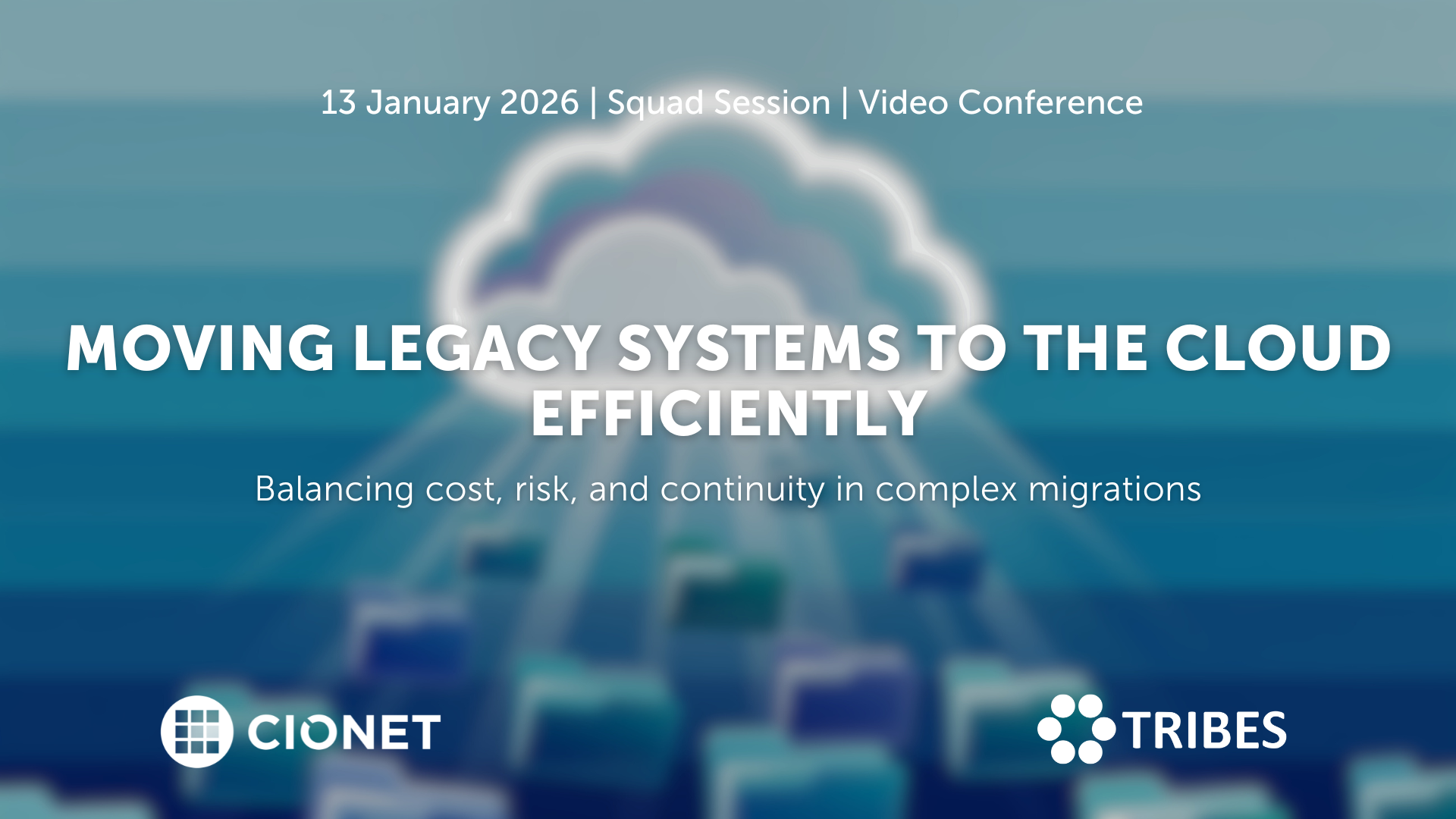
Belgium 13-1-26 Squad Only Virtual english
Migrating legacy systems to the cloud remains one of the toughest balancing acts in IT. Every choice affects stability, cost, and trust at once, and what starts as a modernisation effort quickly turns into a negotiation between ambition and reality. Suddenly budgets rise, dependencies appear late, and timelines tighten as old architectures collide with new expectations. In the end, success depends on sequencing, ownership, and aligning business priorities with infrastructure limits, and not only on technical readiness. Making it work requires more than a plan on paper. Knowing which systems genuinely belong in the cloud, which can wait, and which should stay put shapes the entire roadmap and defines its success. Each refactoring decision sets the level of future flexibility, but it also drives cost and risk. The trade-offs between speed, sustainability, and resilience only become clear once migration begins and pressure builds. Let’s discuss how to plan migrations that stay on track, manage hidden dependencies, and handle downtime with confidence. Let’s also discuss how governance, testing, and vendor coordination keep progress visible and credible. Are you in? A closed conversation for those who turn cloud migration from a disruption into a long-term advantage.
Read More.png)
Belgium 20-1-26 All Members Physical english
CIOs today are being judged less as technology leaders and more as portfolio managers. Every euro is under scrutiny. Boards and CFOs demand lower run costs, higher efficiency, and clear ROI from every digital initiative. Yet, they also expect CIOs to place bets on disruptive technologies that will keep the enterprise competitive in five years. This constant tension is redefining the role. In this session, we go beyond FinOps and cost reporting to tackle the strategic financial dilemmas CIOs face.
Read More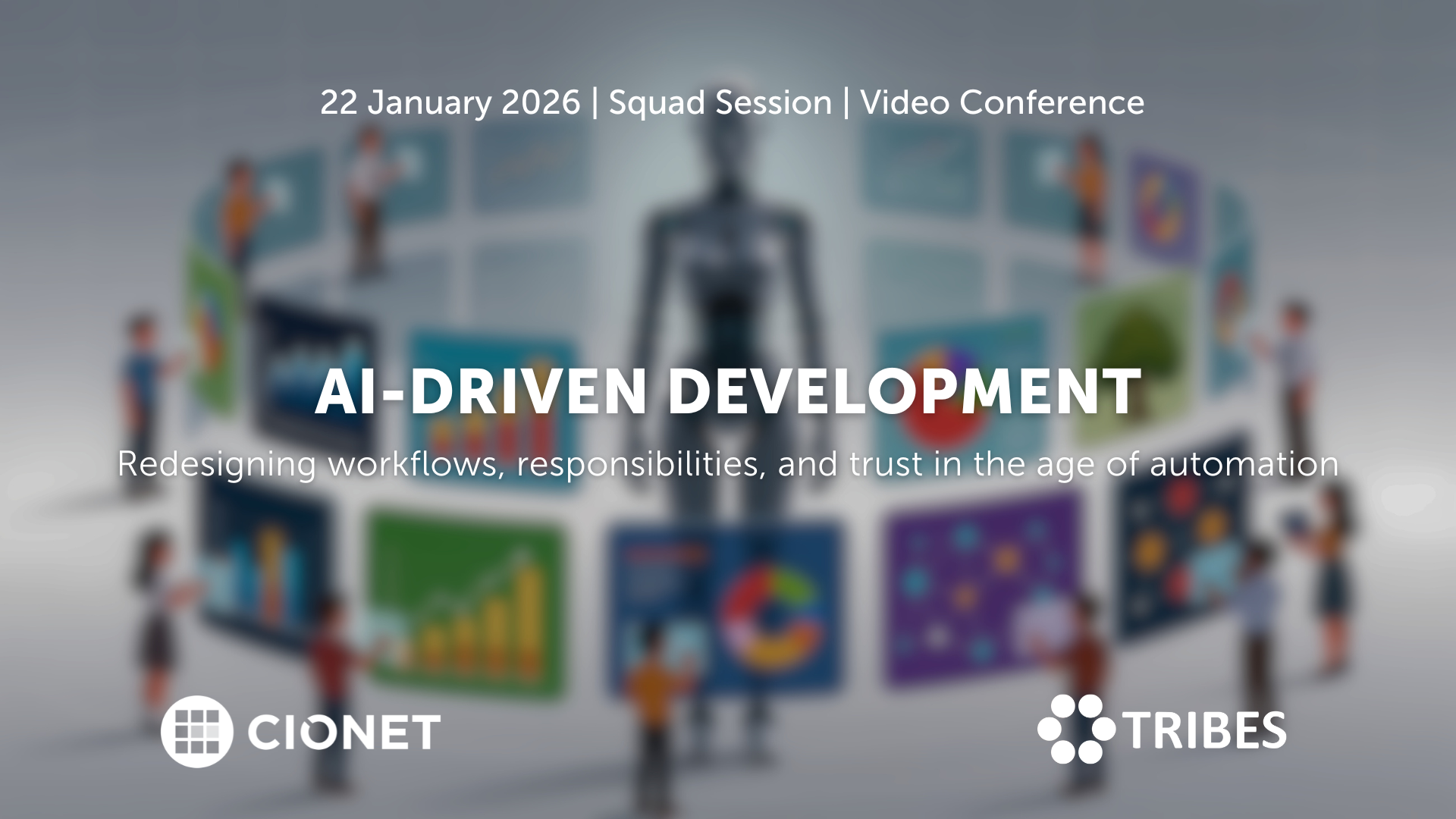
Belgium 22-1-26 Invitation Only Virtual english
AI coding assistants entered development teams quietly, but their impact grows by the day. What started as autocomplete now shapes architecture decisions, documentation, and testing. And when productivity gains are visible, so are new risks: security blind spots, uneven quality, and the slow erosion of shared standards. Teams move faster, but not always in the same direction. The challenge has become integration rather than adoption. And new questions have risen: how do you blend automation into established practices without losing oversight? When is human review still essential, and what should the rules of collaboration between developer and machine look like? As AI tools learn from proprietary code, where do responsibility and accountability sit? Let’s talk about how to redefine those workflows, balancing creativity with control, and protecting code quality in a hybrid human-AI environment. A closed conversation on where AI accelerates progress, where it introduces new debt, and how development culture must evolve to stay credible.
Read More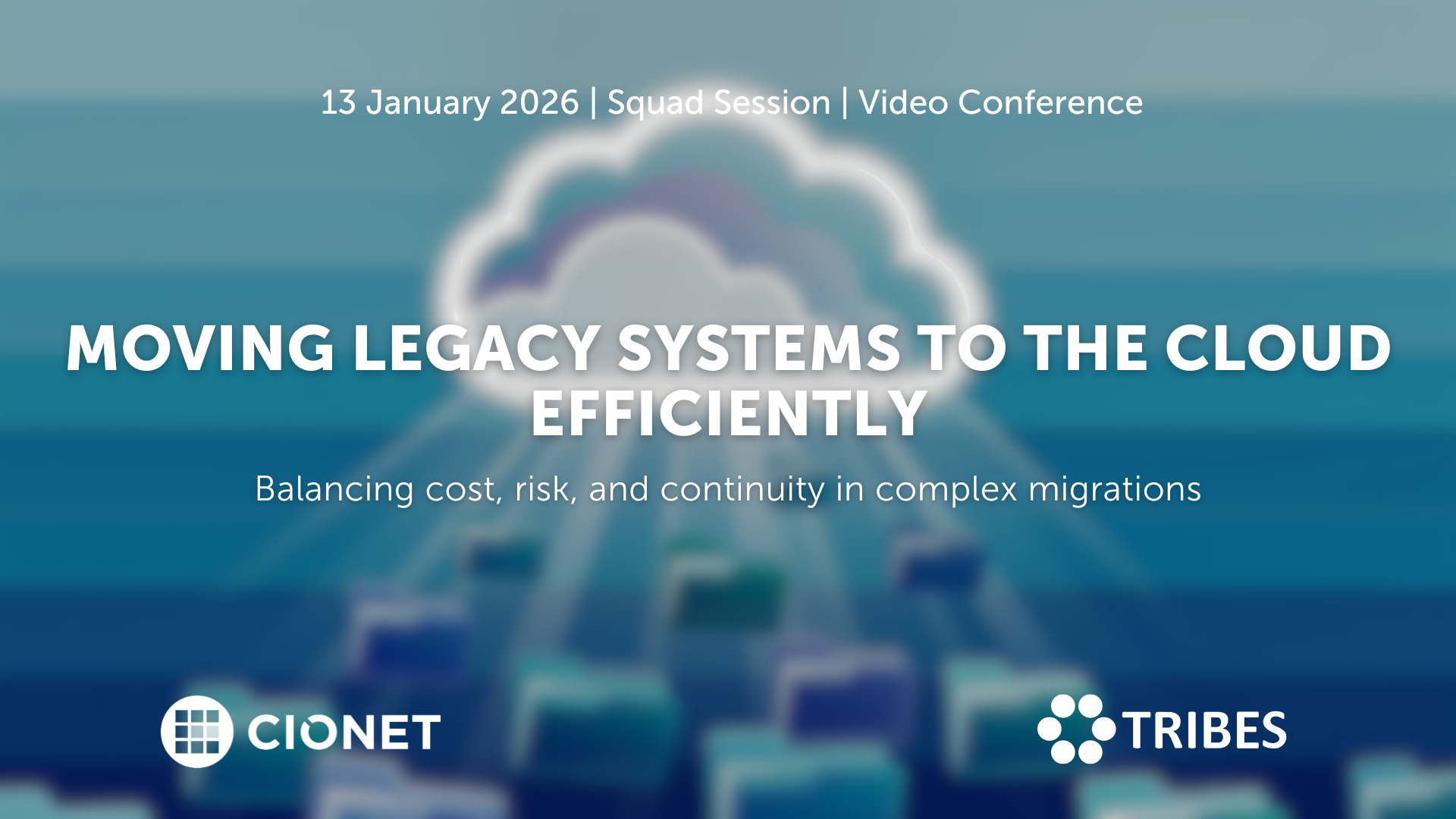
January 13, 2026 Squad Session Invitation Only Virtual english
Migrating legacy systems to the cloud remains one of the toughest balancing acts in IT. Every choice affects stability, cost, and trust at once, and what starts as a modernisation effort quickly turns into a negotiation between ambition and reality. Suddenly budgets rise, dependencies appear late, and timelines tighten as old architectures collide with new expectations. In the end, success depends on sequencing, ownership, and aligning business priorities with infrastructure limits, and not only on technical readiness. Making it work requires more than a plan on paper. Knowing which systems genuinely belong in the cloud, which can wait, and which should stay put shapes the entire roadmap and defines its success. Each refactoring decision sets the level of future flexibility, but it also drives cost and risk. The trade-offs between speed, sustainability, and resilience only become clear once migration begins and pressure builds. Let’s discuss how to plan migrations that stay on track, manage hidden dependencies, and handle downtime with confidence. Let’s also discuss how governance, testing, and vendor coordination keep progress visible and credible. Are you in? A closed conversation for those who turn cloud migration from a disruption into a long-term advantage.
Read More
January 22, 2026 Squad Session Invitation Only Virtual english
AI coding assistants entered development teams quietly, but their impact grows by the day. What started as autocomplete now shapes architecture decisions, documentation, and testing. And when productivity gains are visible, so are new risks: security blind spots, uneven quality, and the slow erosion of shared standards. Teams move faster, but not always in the same direction. The challenge has become integration rather than adoption. And new questions have risen: how do you blend automation into established practices without losing oversight? When is human review still essential, and what should the rules of collaboration between developer and machine look like? As AI tools learn from proprietary code, where do responsibility and accountability sit? Let’s talk about how to redefine those workflows, balancing creativity with control, and protecting code quality in a hybrid human-AI environment. A closed conversation on where AI accelerates progress, where it introduces new debt, and how development culture must evolve to stay credible.
Read More
January 27, 2026 Squad Session Invitation Only Physical english
Zero Trust sounds simple on paper: trust no one, verify everything. But once you start implementing it, the fun begins. Legacy systems, hybrid networks, and human habits don’t read the manual. The idea is solid; the execution, not so much.
Read More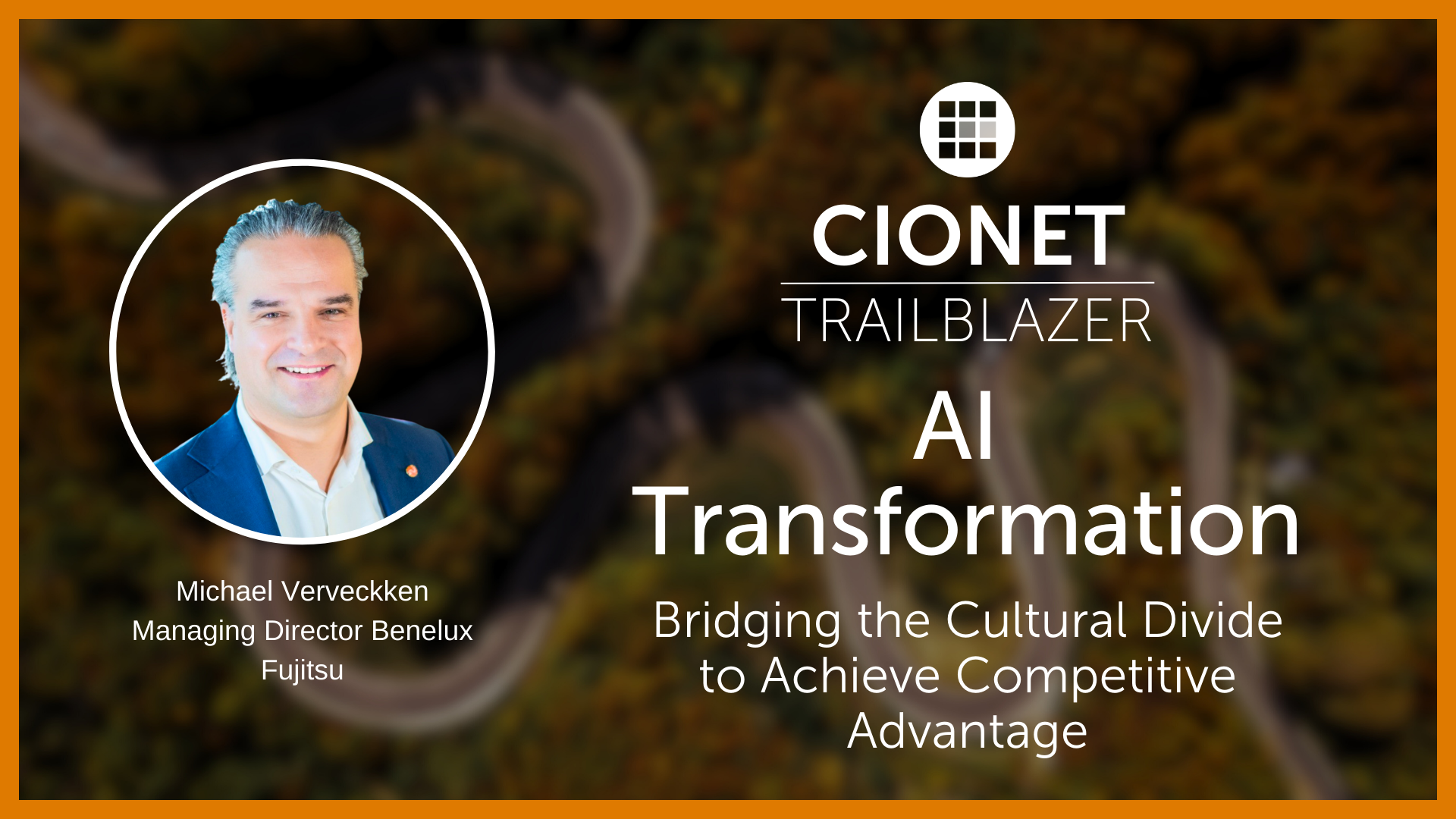
CIONET Trailblazer: AI Transformation: Bridging the Cultural Divide to Achieve Competitive Advantage
Published on: December 17, 2025 @ 9:16 AM
UPS streamlines tracking and delivery with DevOps and Red Hat
UPS is a global leader in logistics. To enhance its services decided to create a new application platform to give package facility operators mobile, real-time data access. With help from Red Hat, UPS created a flexible, agile, container-based cloud computing environment using Red Hat OpenShift Container Platform, Red Hat Enterprise Linux, and Red Hat Fuse.
United Parcel Service (UPS) is a global leader in logistics and a leading provider of global supply management solutions. It delivers more than 20 million packages per day, via ground and air, to 9 million customers across 220 countries and territories. UPS has a long history of using data and innovation to improve its services — for example, offering tracking and delivery management through its mobile application. The Smart Logistics Network digitally bridges data and operations as the foundation of its corporate strategy.
“Historically, we were reactive. We would collect information, then do analysis,” said Stacie Morgan, senior application development manager at UPS. “Now, we can see how packages flow through our network to help center supervisors predict volume and staffing needs, based on weather or other factors. Data helps us optimize our operations to increase customer satisfaction and profitability.”
UPS began evaluating new ways to continue improving its time to market and service quality. “We needed to move from our old technologies to the cloud, to make better decisions using real-time, big data analytics,” said Rich West, senior application development manager at UPS.
To optimize package operations and delivery, UPS decided to build a new application platform, Center Inside Planning and Execution System (CIPE). The company also sought to adopt a more agile, collaborative DevOps approach — and technology that would support both CIPE and DevOps.
“We’re focusing on uniting our development and operations teams through cloud enablement,” said Morgan. “We could have used familiar technology, but we decided that doing so wouldn’t enable us for the future. We wanted continuous integration and delivery to help us meet business expectations.”
After deciding that container technology would best support its agile, cloud-based workflows and evaluating many solutions, UPS created its new application environment with enterprise open source technology from a trusted vendor, Red Hat. UPS has standardized on Red Hat Enterprise Linux and Red Hat Fuse for more than six years.
“Red Hat Enterprise Linux runs most, if not all, of our public workloads, such as UPS.com,” said Todd Butchko, senior application development manager at UPS. “It was the foundation that led us to JBoss Fuse, and the reason we continue to work with Red Hat.”
After a proof of concept, the company deployed Red Hat OpenShift Container Platform as the standard for the private cloud environment supporting CIPE. OpenShift provides flexible, cloud-based development — including creation of .NET Core, Node.js, and JavaTM applications — as well as logging analytics and continuous integration and delivery (CI/CD). “OpenShift is a Kubernetes containerbased platform that helps our application teams build cloud-native, microservices-based applications and run them on our private cloud,” said Butchko.
UPS also expanded its use of Red Hat Fuse. Red Hat Fuse supports real-time communication within CIPE and integrates CIPE and the company’s other applications, unifying visibility into package status for staff and customers.
The company worked closely with Red Hat Consulting to plan and deploy CIPE. “Red Hat consultants were on site to work with the infrastructure, networking, security, and capacity and performance planning groups,” said Morgan. “They also quickly trained our developers on container platform technology. We were able to launch the first iteration of the site application in three months. We’ve never brought up a platform that quickly.”
Operations employees use the CIPE mobile application to view data on package car arrivals and their destinations within the facility. UPS plans to expand availability to all operations employees at multiple sites. The company is currently planning the transfer of the entire UPS.com infrastructure — more than 150 applications — to its expanded Red Hat infrastructure.
With cloud- and container-based infrastructure from Red Hat, UPS has improved developer productivity for faster application and feature creation — and business value — with an agile alternative to traditional waterfall development. OpenShift Container Platform lets teams use modular, containerized components to rapidly create and adapt features with flexible application runtimes, configurations, and resources.
“With OpenShift, we’re incrementally delivering services using microservices and containers,” said Carla Maier, senior manager of cloud platforms and technology at UPS. “As opposed to providing a solution in 18 months, we can start giving value back to the business within weeks or months.”
Red Hat Fuse provides broad integration to ensure data is quickly updated for application teams and end users. Operators can now use CIPE to access real-time data from scans performed each time a package is moved and quickly make decisions, including staffing allocation. “Before CIPE, operators were manually pulling data from various locations,” said Jignesh Shah, senior application development manager at UPS. “Now, they can look at real-time, automatically collected data and move people around. That shift has ended up saving a lot of time and eventually helps with our customer package experience.”
With cross-datacenter high availability, UPS can run, update, and move applications to eliminate downtime and customer impact. “The biggest benefit of Red Hat OpenShift is the container- and microservices-based isolation that prevents a misbehaving application from affecting other applications,” said Shah. “Fuse provides the high throughput we need, and deploying Fuse-based integration components on OpenShift supports scaling microservices integration.”
The company can also scale automatically as needed during peak demand times—the largest during the holiday season.“Our business grows dramatically between Thanksgiving and the end of December. There’s more online shopping happening, but we’re also seeing returns expand our busiest time,” said Maier. “Using OpenShift, we can scale flexibly during those particular peak times. We even have the potential, if needed, to scale to public cloud.”
As a result, UPS can stay competitive by providing consistent, reliable package tracking and delivery services to customers — no matter the time of year.
UPS adopted a collaborative DevOps work approach to help its business and technology teams full advantage of its new technology. “Historically, we would say ‘business drives technology’. We’ve flipped that equation, with IT demonstrating the transformative power of technology to line-of-business partners,” said Nick Costides, president of Information Technology at UPS. “We built an innovation center that’s an open environment for our IT and line-of-business groups to work together to design and develop solutions.”
The company worked closely with Red Hat Consulting for deployment guidance and Red Hat Training for on-site training on OpenShift, CI/CD, and container technology. “The services we received from Red Hat directly impacted our success,” said Maier. “Red Hat created a custom on-site training agenda for our teams to help us develop and deliver with container technology and agile methods.”
The company’s Red Hat Technical Account Manager provided ongoing assistance to resolve issues quickly. “When you implement a new platform, it’s harder to see when and where you have a problem,” said Maier. “We had one problem that we needed to resolve quickly, and we worked with our Technical Account Manager and Red Hat support up to several times a day to identify exactly what was wrong and get it fixed.”
These connections have also helped UPS become more involved with community-based development. “With open source, it’s not just a single vendor, person, or group that’s developing technology. We can go to Red Hat and the community and say, ‘This is what we need. How can you help make this successful?’,” said Maier. “Disparate ideas from disparate places come together to find solutions that work for us and our customers.”
Red Hat® OpenShift® Container Platform, Red Hat Enterprise Linux®, Red Hat Fuse, Red Hat Consulting, Red Hat Training, Red Hat Technical Account Management
The success of CIPE and its Red Hat infrastructure is inspiring other teams at UPS — as well as the industry. “Because of the feedback that we’re getting on the benefit not only internally, but also to our customers, I think we’re going to see a lot more projects like this,” said Lee Jennings, IT director of application development at UPS.
UPS plans to expand CIPE to more operation teams and sites, with full deployment to more than 1,500 sites worldwide. The company is also evaluating public cloud options, like AWS, to run OpenShift and accelerate its expansion of public cloud workloads.
“CIPE is the first of many solutions that will be using Red Hat technologies for containerization and moving workloads to the cloud at UPS,” said Costides. “Insights and innovations are happening at a rate that we’ve never seen before. It’s an exciting time at UPS, and Red Hat is a significant partner in that transformation.”
415 Views 1 Likes Read More

Digital Transformation is redefining the future of health care and health delivery. All stakeholders are convinced that these innovations will create value for patients, healthcare practitioners, hospitals, and governments along the patient pathway. The benefits are starting from prevention and awareness to diagnosis, treatment, short- and long-term follow-up, and ultimately survival. But how do you make sure that your working towards an architecturally sound, secure and interoperable health IT ecosystem for your hospital and avoid implementing a hodgepodge of spot solutions? How does your IT department work together with the other stakeholders, such as the doctors and other healthcare practitioners, Life Sciences companies, Tech companies, regulators and your internal governance and administrative bodies?
Read More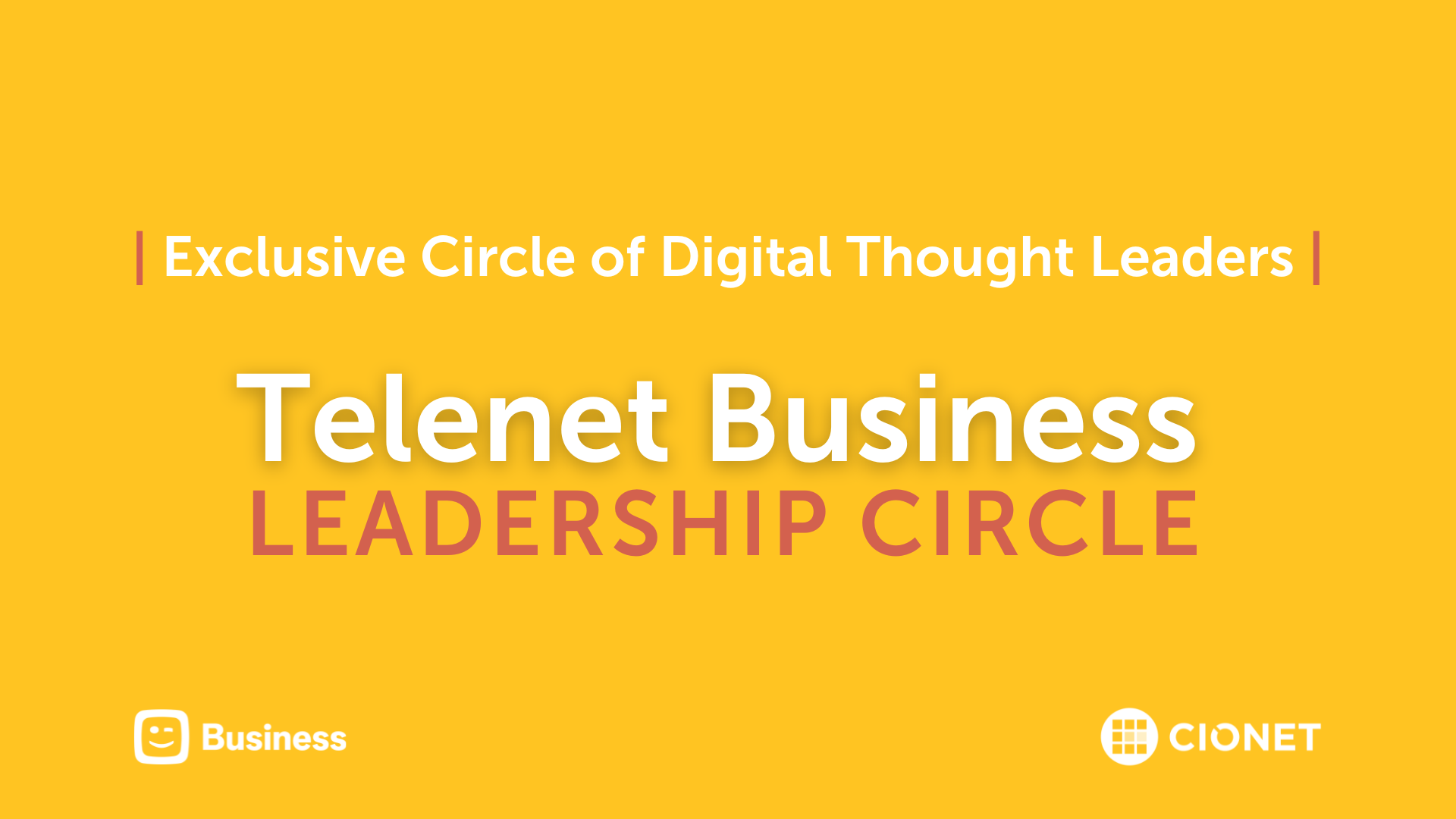
The Telenet Business Leadership Circle powered by CIONET, offers a platform where IT executives and thought leaders can meet to inspire each other and share best practices. We want to be a facilitator who helps you optimise the performance of your IT function and your business by embracing the endless opportunities that digital change brings.
Read More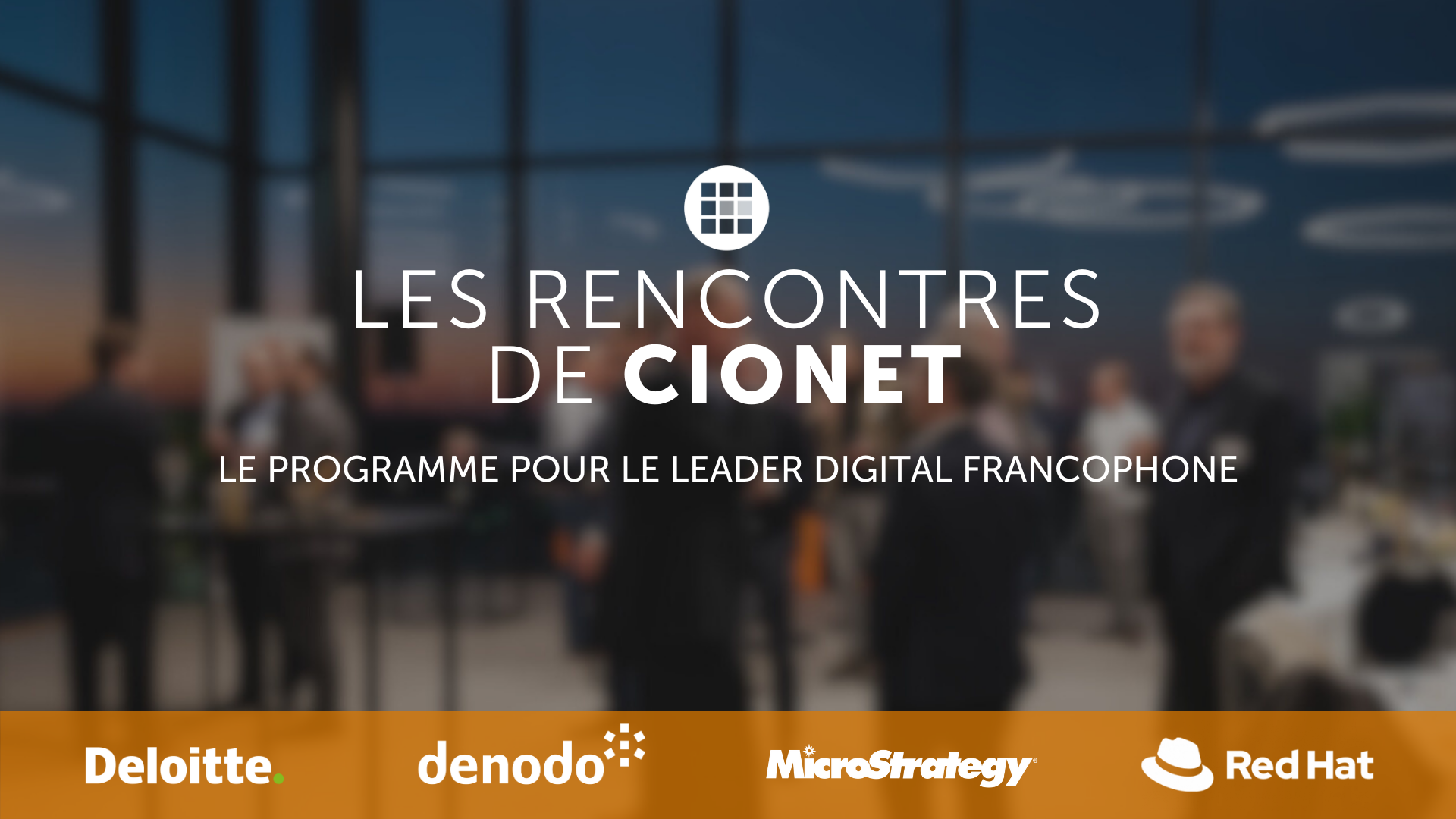
Découvrez la dynamique du leadership numérique aux Rencontres de CIONET, le programme francophone exclusif de CIONET pour les leaders numériques en Belgique, rendu possible grâce au soutien et à l'engagement de nos partenaires de programme : Deloitte, Denodo et Red Hat. Rejoignez trois événements inspirants par an à Liège, Namur et en Brabant Wallon, où des CIOs et des experts numériques francophones de premier plan partagent leurs perspectives et expériences sur des thèmes d'affaires et de IT actuels. Laissez-vous inspirer et apprenez des meilleurs du secteur lors de sessions captivantes conçues spécialement pour soutenir et enrichir votre rôle en tant que CIO pair. Ne manquez pas cette opportunité de faire partie d'un réseau exceptionnel d'innovateurs numériques !
Read More
CIONET is committed to highlighting and celebrating female role models in IT, Tech & Digital, creating a leadership programme that empowers and elevates women within the tech industry. This initiative is dedicated to showcasing the achievements and successes of leading women, fostering an environment where female role models are recognised, and their contributions can ignite progress and inspire the next generation of women in IT. Our mission is to shine the spotlight a little brighter on female role models in IT, Tech & Digital, and to empower each other through this inner network community.
Read More


-Apr-01-2022-10-58-34-57-AM.png)











-Dec-13-2023-10-53-15-5032-AM.png)




-Jun-12-2023-01-23-11-7540-PM.png)




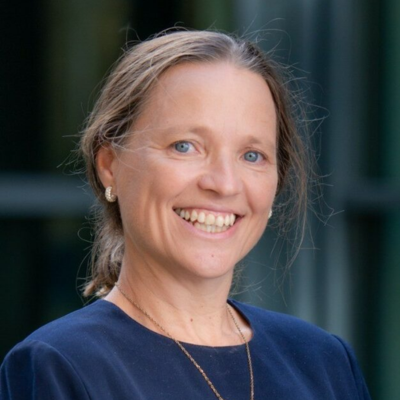
-Apr-01-2022-10-58-34-68-AM.png)










-2.jpg)




-Sep-01-2022-02-47-55-60-PM.png)
-Nov-22-2023-08-56-42-6802-AM.png)
.png)

Would you like to know more about CIONET Belgium, membership or partnership opportunities? Do you have feedback or any other question? Send us a message!
You can either send us a registered handwritten letter explaining why you'd like to become a member or you can simply talk to us right here!